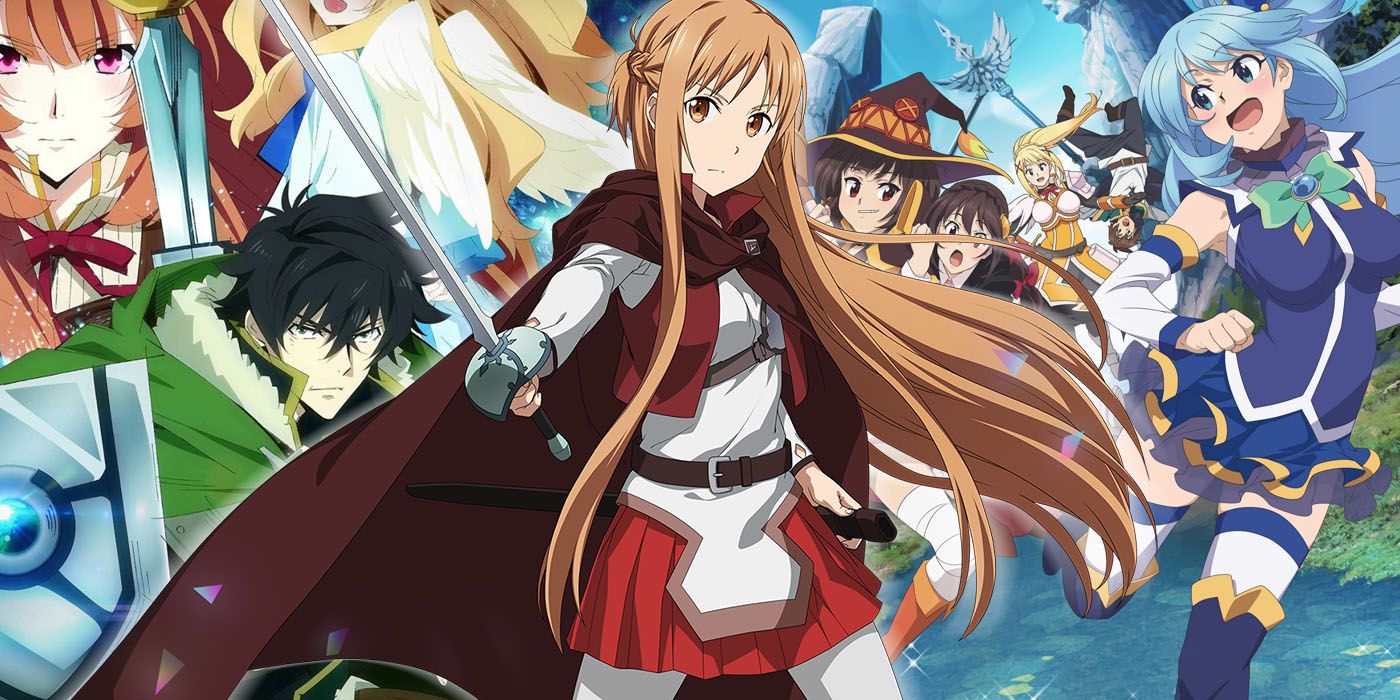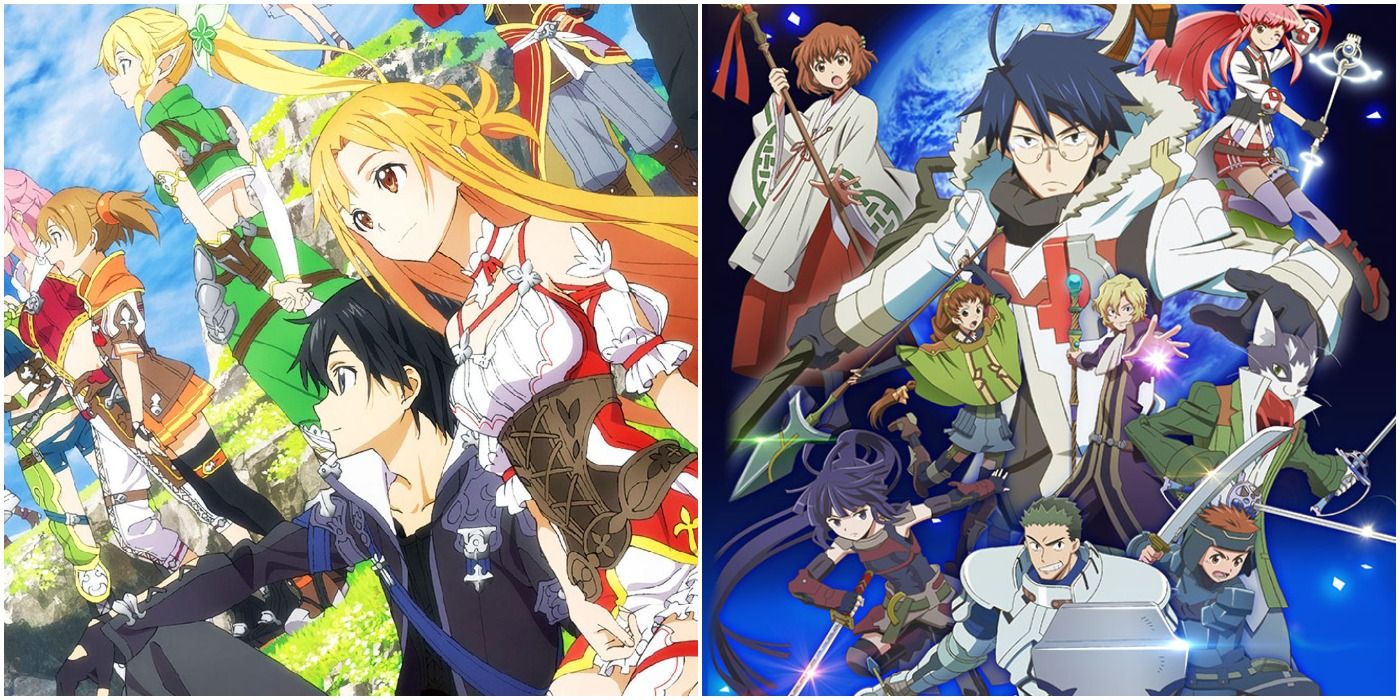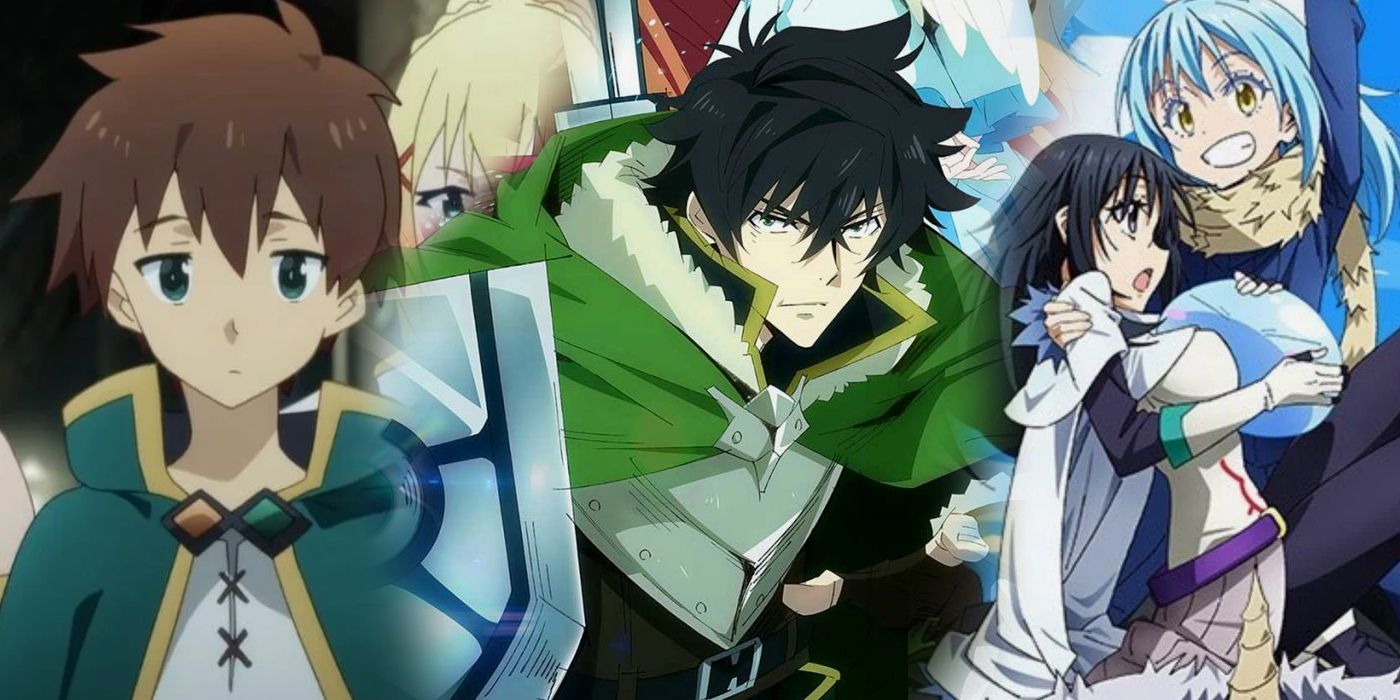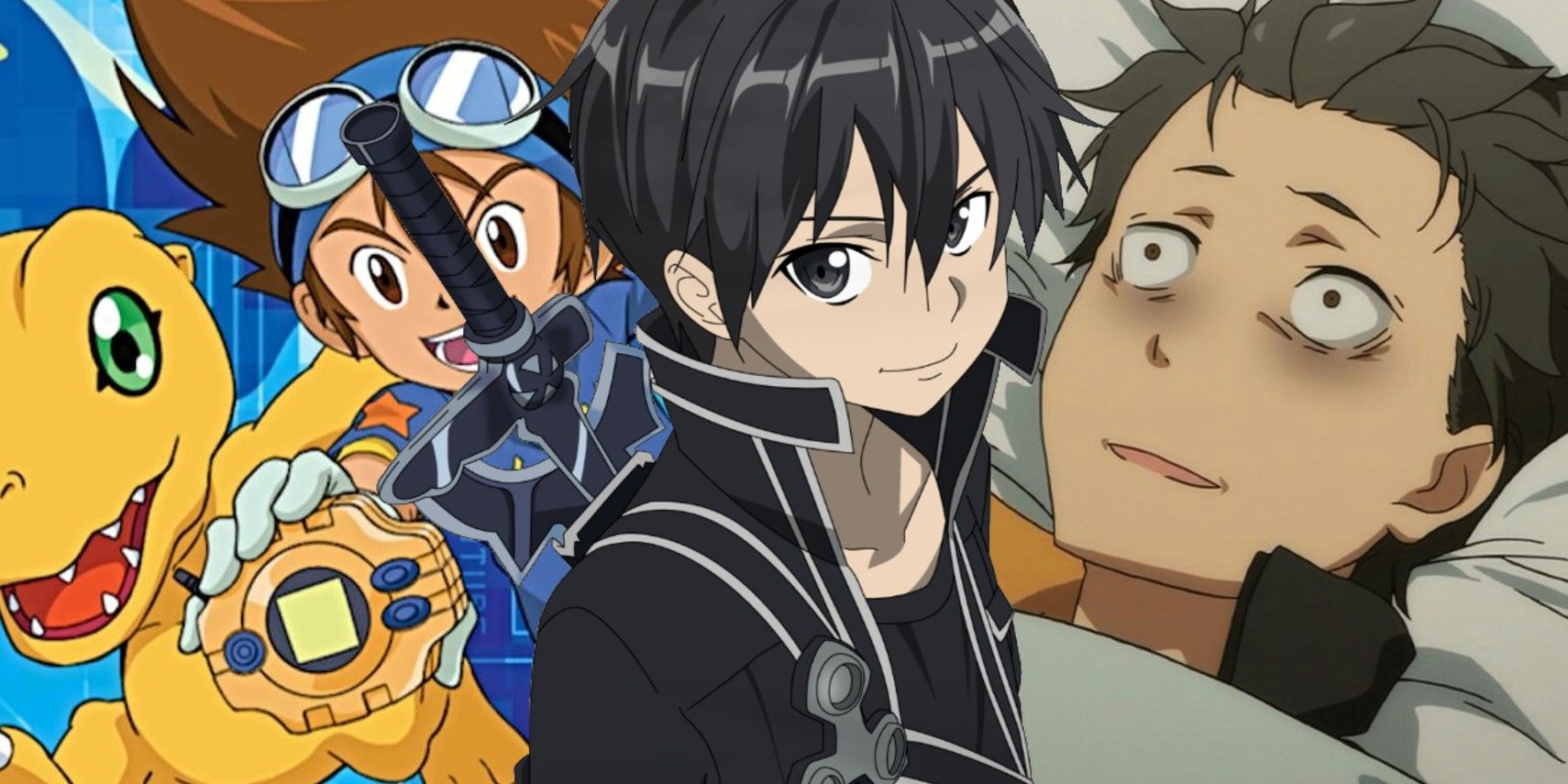
Like the superhero genre in the United States, isekai (異世界, translated, "different world) has thoroughly saturated the entertainment industry in modern Japan. There are all sorts of light novels, manga, anime, and movies about life in another world. The list of isekai has grown long and, for some, exhausting.
For how much isekai there is, it runs the risk of stagnating. So many of the genre's tropes and character archetypes have been reused, explored, and subverted that there seems to be little room for creativity or nuance. However, this might not be as true as people think; it's possible that the modern trends of isekai series are what give them their appearance of stagnation. There may be ways to invoke the isekai genre that haven't been brought up or considered, at least not for some time. Deciding whether the isekai well has run dry will require a closer look at the genre and its history.

Prior to the 2010s, isekai anime were sparse. Works like The Vision of Escaflowne or Log Horizon existed, but none of them were trendsetters. They might not have even been thought of as isekai if not for the boom.
Sword Art Online is usually credited for making isekai what it is today. Following its soar in popularity, many writers and anime studios sought to imitate its success. Because of this, a lot of the tropes commonly found in modern isekai can be traced back to SAO, including JRPG-style magic systems (eg DanMachi) and overpowered protagonists (Didn't I Say to Make My Abilities Average in The Next Life!?). Unfortunately, having so many people try to copy the same story has slowed originality to a halt. It's this mimicry that's to blame for making isekai feel derivative.

Just the start of an isekai story seems to have had all its avenues explored. There are several different ways for the main character to end up in a fantasy world (often referred to as "getting isekai'd" or "being isekai'd"), but they've all been used with surprisingly little variation to them. A good example of this comes from the most common method of being isekai'd-- death and reincarnation.
In many isekai, the main character dies prematurely in their real-world setting and is given a second chance at life in a fantasy world. Death can come in many forms, but a commonly-observed death is being hit by an oncoming vehicle. This trope is used so often that the anime community has dubbed the phenomenon an act of "Truck-kun."
Besides reincarnation, there are a few more methods for setting foot in an isekai. One is by being summoned there by a divine will or powerful magic. It's also possible for the "fantasy world" to be the virtual world of a video game; sometimes, the player(s) will be trapped in the virtual world, effectively making it an isekai. Another solution is to simply have the series wholly set in the isekai (Slayers). However, even these alternative paths into an isekai have also been rigorously treaded.

No matter how the hero gets isekai'd, it's not uncommon for them to arrive overpowered. This can manifest in many different ways, including a divine gift from the one who summoned them to the isekai, a skill nobody else has, knowledge from the modern world, or even just a phone (In Another World with My Smartphone). If the isekai is a game, the main character's power can manifest as hours of playtime, maxed-out stats, or a good collection of rare items.
Many isekai'd protagonists become heroes, so new writers often have to look for more creative things to reincarnate them as. Some are turned into common isekai monsters like slimes (That Time I Got Reincarnated as a Slime), spiders (So I'm a Spider, So What?), and skeleton knights (Skeleton Knight in Another World). There are even stories that make the main character into the villain of the series, including Overlord and HameFura. So many different archetypes have been used that some writers have had to resort to making their characters into inanimate objects like a sword or an onsen. It's hard to imagine an isekai role that the main character hasn't been reincarnated into.
The isekai settings can also get especially generic. These worlds are usually like something out of Lord of the Rings or Arthurian legends. They also take a lot of cues from JRPGs like Dragon Quest. Since these settings are ideal for action and adventure, the heroes and their party members generally go on quests, slay monsters, discover rare treasures, battle the Demon Lord and his armies and save the kingdom. This is the basic premise of far too many isekai nowadays. It's become so bad that some series have to announce their gimmick in their own title. This basic story structure should definitely be seen as passé if nothing else.

In truth, for all the repetitiveness in modern isekai, the genre is far from played out. It's just that the endless efforts to imitate Sword Art Online and other such successful titles have made the genre seem fully explored. There are plenty of different ways to write isekai. Series like Digimon Adventure, Inuyasha, and No Game No Life all qualify as isekai, but they don't necessarily rely on the same generic swords-and-sorcery setting as other works. Nor do they rely on the common tropes of the genre to tell their stories. New paths can still be pioneered by thinking outside the box and opening up to new possibilities.
Even if an isekai is trope-heavy, if it's well-written, it can still be enjoyable. Series like KonoSuba and The Rising of the Shield Hero are entertaining because they tell quality stories that keep audiences entertained. Isekai isn't dead, it just needs passionate people working on them who know what they're doing.
The isekai boom is far from over. To condemn the genre as played out over a few generic titles is shortsighted. Anime fans should keep an eye out for refreshing new stories and look forward to them.
Source: Trendz OH
No comments:
Post a Comment